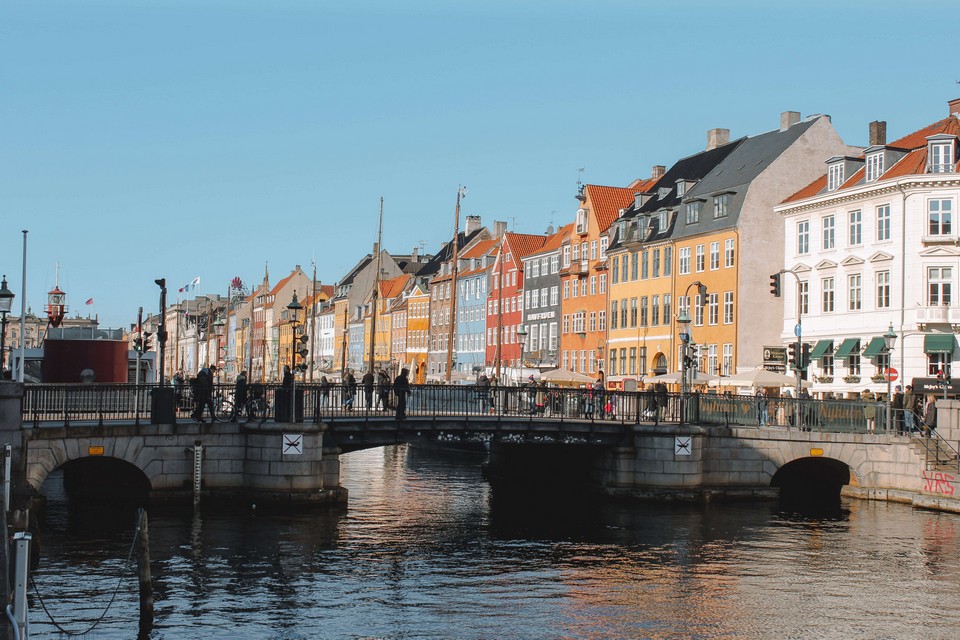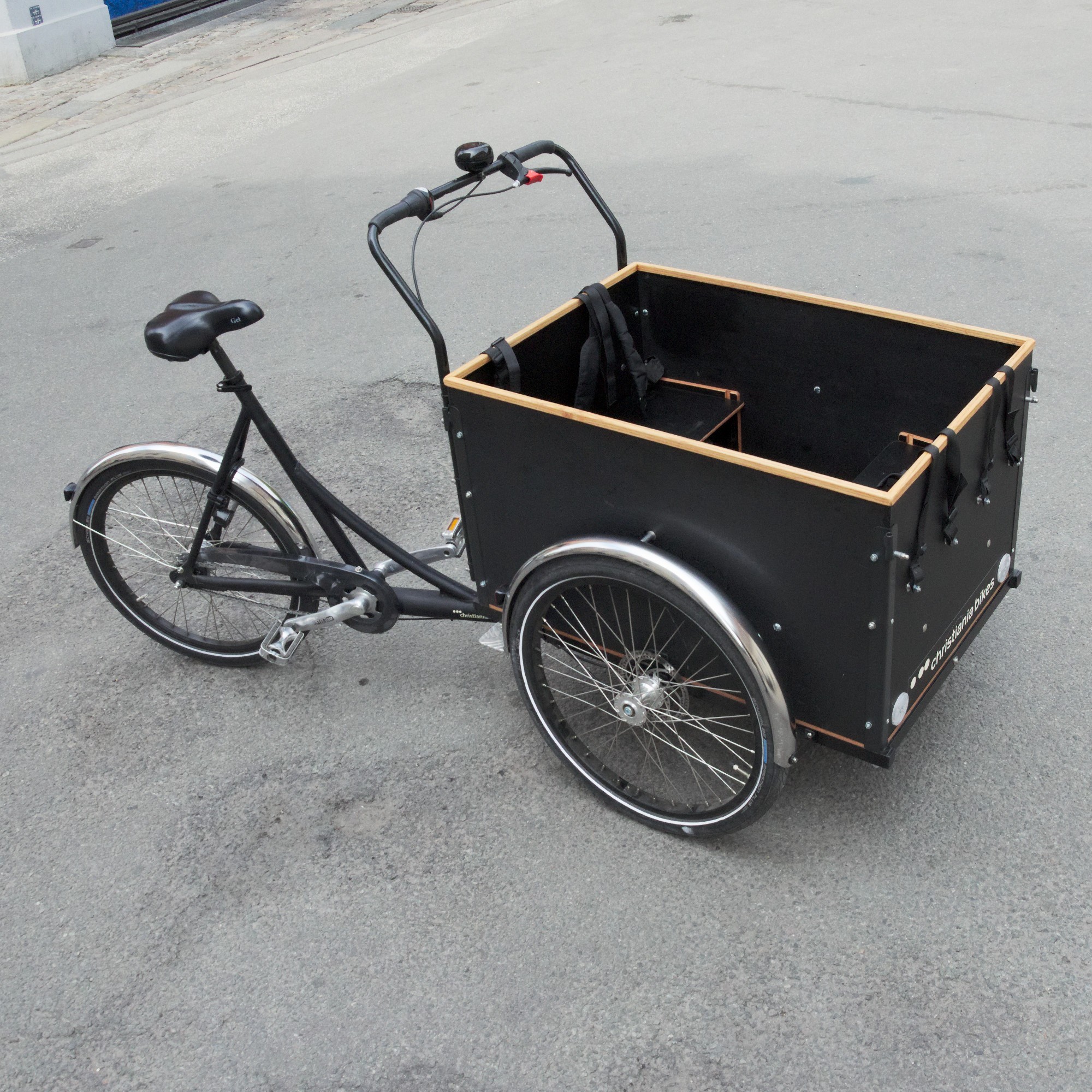Copenhagen was one of the most shocking and eye-opening weeks. I studied the city beforehand, but I didn’t realize how utterly different it would feel from daily life in the U.S. In Copenhagen, there are endless safety measures implemented for bikers and pedestrians. Biking is the fastest mode of travel in this city. This makes owning and driving a car pointless, especially if you only need to commute within the city. Cars know that the city is set up for bikers; so, they know to take extra safety measures to watch and wait for them. Interactions with local bikers are positive for the most part. Even though I made mistakes, went slowly, and sometimes got in the way of other bikers, the people were generally understanding.
I appreciate the separated street lanes. It is extremely helpful that all people, no matter their mode of transportation, know exactly where they need to be. In some areas, lanes are sectioned off by level. Walkers are on the highest level, bikers are in the middle, and motor vehicles are on the lowest. In other areas, lanes are separated by painted lines and color strips. The most interesting separation I noticed is lanes separated by car and bike parking and metal fencing. I love that bikers and pedestrians can feel completely safe and separate from fast-moving traffic.

(Photo from Pintrest.com, uploaded by Gordon Millard)

(Photo from Julia Day and David Smith’s “Copenhagen’s Lesson for the ‘Green Wave,'” Streetsblog NYC)
I loved experiencing cycle bridges. I biked from our hostel to Reffen, which goes over a convenient and lively pedestrian and cycle bridge. This cycle bridge has two cycling lanes, wide enough for cyclers to pass each. There are smaller, separate lanes on each side of the cycling lanes for walkers. Pedestrians don’t risk getting mixed in with fast-moving bikes. Each time I biked over this bridge it was full of people, but I never felt crowded or unsafe. I loved people-watching on this bridge because you get to see people coming home from work. The bridge also filters into one of the most famous streets of Copenhagen, which is lined with restaurants and storefronts. Bonus points for this bridge: it’s conveniently located by the harbor and a cluster of food carts. I love everything about this bridge and it will be one of my most missed memories of Copenhagen.

(Photo from “nyhavn-bridge-copenhagen,” livingnomads)
Noticing what cargo carts held was always entertaining. These are bikes with carts built into the front of the frame. They’re designed for the convenience and efficiency of transporting heavy loads. I saw everything from children, pets, instruments, and groceries in these carts. I even saw full-blown drunken adults carried around. I love that these cargo carts let people take their kids on their bicycles with them. Parents don’t feel obligated to have a car to transport around the city with their families. Faster bikers respect cargo carts and bike lanes are still big enough to pass cargo carts without overcrowding. People can get their errands done by cargo bike and it will still be faster than by car. Many of the cargo carts are made in Christiania. One day, we went to visit the site that builds them. It was interesting to see someone work on the cargo cycles right in front of us and witness the tools and unconstructed pieces.

(Photo from “Rent a family cargo bike in Copenhagen,” becopenhagen)
One of the most confusing aspects of Copenhagen’s infrastructure is the intersections. It took me almost the whole week to feel comfortable navigating them alone. So many people are zooming in all different directions, which made me feel out of place and in the way of other cyclists. The most prominent characteristic of the intersections is the famous “Copenhagen lefts”. It is a rule in Denmark to cross the perpendicular street first, then wait to cross the original street until the light turns green. This can be confusing and feel unsafe because bikers have to wait in the street or on pedestrian walkways while waiting for the light. Although this can be a tricky turn to make, I felt much more comfortable after observing the locals a few times. I would love to see the US incorporate some of Copenhagen’s bicycle infrastructure to promote safer and more efficient bicycle transportation.
(Photo from “How to perform a Hook Turn,” cycle guide)